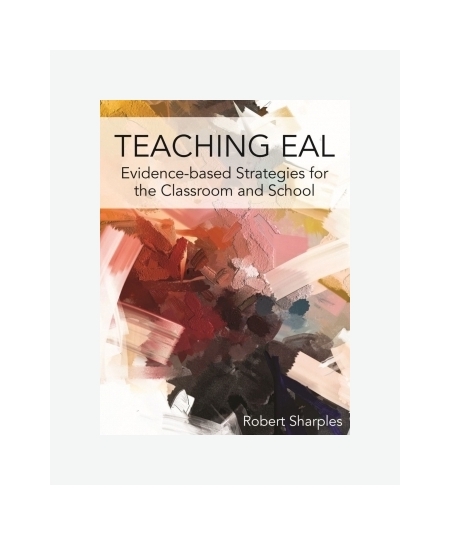
I suspect I have been dipping in and out of Pierre Bordieu since before Robert Sharples was born. So how did I not know that wonderful academic language line from Bordieu[1]?
The answer is simple. What Rob’s[2] excellent new book, Teaching EAL[3], clearly shows is that while I read bits and pieces of EAL research, he has read everything that’s vaguely related and is able to guide the reader succinctly through most of it in under 200 pages. However, the book does much more than that. It features case studies from the work of leading EAL practitioners and even guides you through how to approach EAL when Ofsted visit- a tough job when the Education inspection framework contains not a single word about EAL, though the seven references to The Equality Act 2010 give you something to go on.
Consultancy
Consultancy
Our consultancy work is grounded in a deep understanding of what makes a school tick in a multicultural setting, rigorous analysis of data, and a thoughtful appreciation of the context…
Training
Training
Our training takes many different forms, all firmly rooted in whole school development, empowering teachers and leaders to effect change throughout the school…
Resources
Resources
As a support to our consultancy and training work, we have a developed a number of resources for teaching staff and schools, available for purchase or to download for free…
